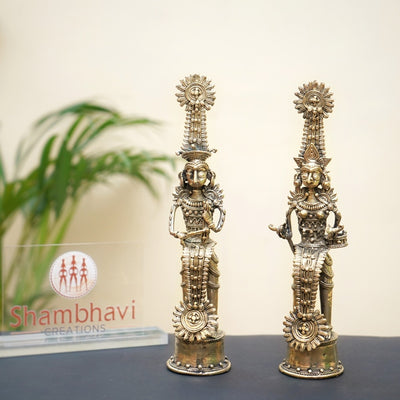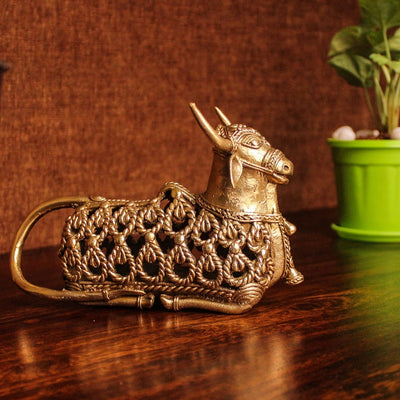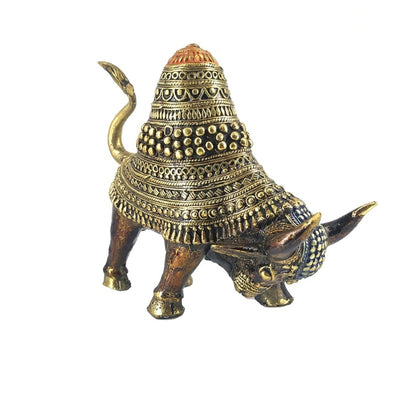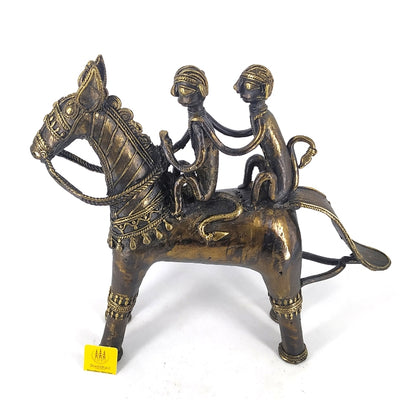Dhokra: An ancient work of art
Ever since the rise of man, there have been lots of art forms that defined each tribe and their culture. It can be cave paintings, giant stone murals and golden statues; all of them are screaming with history and the culture of the ones who made them. Dhokra is one of them; one that is as old as the age of man but still survives today.
History of Dhokra
Before we can delve into the basics of Dhokra, it would be best to know where it all started and how it even came to be. Dhokra is an art form that spanned millennia that is known to have originated from India and prevalent in the states of Chhattisgarh, Jharkhand, West Bengal and Odisha. This art form is made with the use of the lost-wax technique, or cire perdue (in French), through the procedure of non-ferrous metal casting. It is believed to have originated from in the city of Mohenjodaro 4000 to 5,000 years ago
The word itself refers to the nomadic tribesmen who first did this metal art. The art form came to be known due to its superbly shaped and exquisite form. These beautiful works of art are so simple to look at, embracing intricacies in a most simple form, but one could not help but marvel at its beauty. One can tell that the imaginations of these tribesmen run wild every time that they have an idea and wanted that idea to have a form – one that is intricately designed and carefully laden patterns.
Dhokra as an art form
Since these metalsmiths go from one village to another, they tend to inspire the villagers and learn the craft itself. Due to this, the older ones and their descendants pass their knowledge of the art to the next generation and to the next to keep it alive. Like other works of art, the one who makes the statues pour out their feelings and desires onto the product. One can feel the emotion, experiences and the story behind each sculpture through its design.
Some of these indigenous people have no formal education. But that does not stop them from creating beautiful Dhokra statues. They enjoy making it and are so adept, they can finish one statue in 15 to 30 days depending on the design. It is that long to make them due to the intricacy of the art.
Dhokra art was made to withstand the test of time. The oldest Dhokra statue was dated from 2,500 BCE and was aptly named “Dancing Girl” due to its appearance. It is made of bronze and went through the lost-wax procedure. If you want to see this sculpture, it is now held in the National Museum in New Delhi. Another one made from the same year can be found at the Karachi Museum in Pakistan.
Dhokra and its place in the modern world
While it is true that Dhokra has been around for a very long time, newer art enthusiasts ae still amazed by these simple yet elegant works of art. Dhokra art is a valuable treasure of our civilization. It was important and valuable before, it is more precious and respected now and for years to come.










Leave a comment